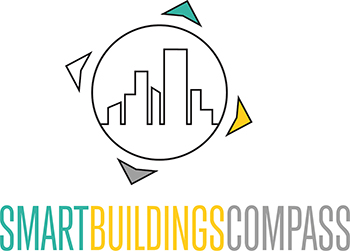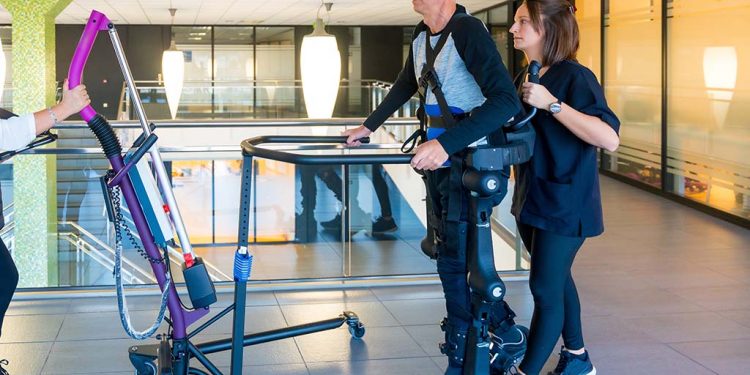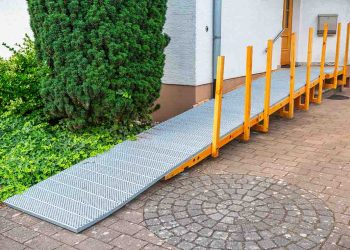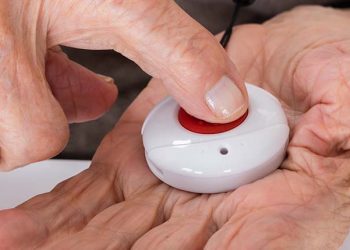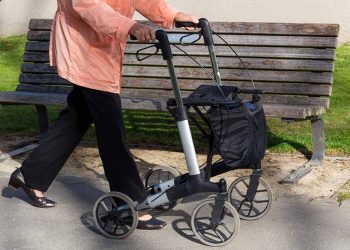Technologies that make physical activities easier, such as exoskeletons to support mobility or height-adjustable care beds.
Ergonomic assistance systems are technological solutions that are designed to reduce physical strain in the workplace and improve people’s health and efficiency. They provide support, particularly for physically demanding tasks, by promoting ergonomic movement sequences and preventing poor posture.
These include exoskeletons, lifting aids, intelligent sitting and standing systems and sensor-supported assistance systems that analyze movements and provide ergonomic recommendations. In the care sector, for example, ergonomic assistance systems can relieve the strain on care staff when lifting and repositioning patients, thus preventing back and joint problems.
Possible applications during convalescence
Ergonomic assistance systems also play an important role in convalescence, i.e. the recovery phase after injuries or operations. By providing targeted support and movement guidance, they can speed up the healing process and promote rehabilitation.
- Exoskeletons help people with limited mobility to relearn movement sequences and strengthen their muscles.
- Intelligent sitting and standing systems help to avoid poor posture and relieve the strain on the spine.
- Sensor-based movement analyses provide feedback on progress and optimize physiotherapy exercises.
- Assistive robots support mobilization and promote patients’ independence.
The targeted use of ergonomic assistance systems during convalescence not only supports physical recovery, but also reduces the risk of secondary injuries and chronic pain.
Image: Shutterstock
Author: Anja Herberth
Chefredakteurin
